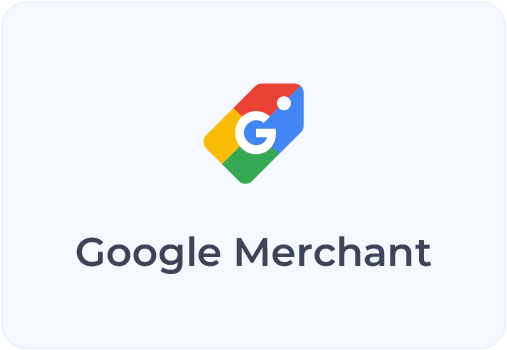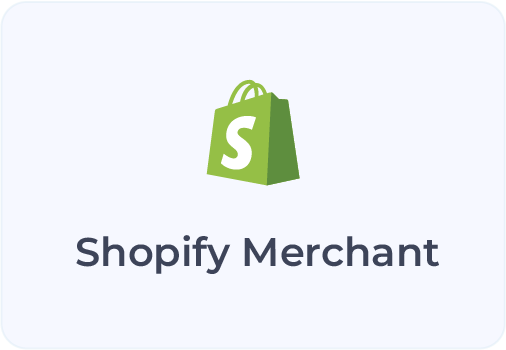Competitive pricing is a strategy that uses competitor prices as a primary benchmark for setting your own prices. This approach ensures you remain relevant in the market without sacrificing profitability. A successful competitive pricing strategy typically involves:
- Price matching: Aligning your prices with key competitors to maintain market relevance.
- Price monitoring: Regularly tracking competitors’ prices to identify trends.
- Price analysis: Using insights from collected data to inform pricing decisions.
- Dynamic pricing: Automatically adjusting prices in real time based on competitor and market activity.
Competitive pricing tools can simplify this process, helping you automate and optimize your strategy.
Let’s dive into the nine techniques you can use to strengthen your pricing game.
1. Price matching
Price matching ensures your prices remain aligned with a specific market position — such as the average market price or the lowest competitor price. It’s a key tactic for ecommerce businesses selling branded products available across multiple retailers.
Price matching example: Google’s algorithm prioritizes products closer to the benchmark price in search rankings. By matching prices to this benchmark, you can enhance product visibility and reduce ad spend, increasing your chances of conversion.
2. Dynamic pricing
If this is a new term, your first questions will be “What is dynamic pricing?” To explain it simply, manually adjusting prices is no longer feasible in today’s fast-moving ecommerce landscape. Dynamic pricing automates price updates, ensuring your pricing aligns with market trends and competitor actions.
Dynamic pricing in action:
- Trainline adjusts ticket prices based on travel times, seat availability, and demand.
- Booking.com uses dynamic pricing to adapt room rates to seasonal trends and booking patterns.
By adopting dynamic pricing, you can maintain competitive pricing positions and maximize sales opportunities — every day, every product.
3. Free shipping
Shipping costs can make or break a sale. Including free shipping as part of your pricing strategy not only prevents cart abandonment but also aligns with Google Shopping’s preference for total price transparency.
Pro tip: Even if you can’t eliminate shipping costs, structure your pricing to match the total price competitors display. This ensures your products remain visible in search results and competitive in the marketplace.
4. Penetration pricing
Penetration pricing involves setting prices lower than competitors to quickly attract customers. While effective for market entry, it’s crucial to maintain quality and service to avoid losing customers to competitors later.
Penetration pricing example:
Aldi used this strategy to disrupt the UK grocery market, offering high-quality products at lower prices and gaining significant market share among cost-conscious shoppers.
5. Loss leader
A loss leader strategy involves selling one product at a loss to drive sales of complementary, higher-margin products. For example, selling a discounted printer while charging premium prices for ink cartridges.
Loss leader pricing in action: Amazon’s Kindle launch employed this tactic. By offering Kindles at a loss, Amazon secured a stronghold in the e-book market, generating profits from e-book sales rather than the device itself.
6. Psychological pricing
Charm pricing (e.g., $9.99 instead of $10) influences consumer perception, making prices appear lower than they are. This tactic also prevents cart abandonment, as odd prices may trigger suspicion about product quality.
Psychological pricing example:
Retailers like ASOS use tiered and charm pricing to appeal to a wide range of shoppers. A product priced at $19.99 feels significantly cheaper than $20 — even if the difference is just a penny.
7. Price change frequency
Competitors often adjust their prices on specific days or times. By using tools like Intelis AI to monitor price change patterns, you can exploit opportunities when competitors are slower to react — maximizing conversions.
Price change frequency in action: Gas stations frequently adjust prices based on oil rates and demand. Supermarkets often undercut rivals with timely price changes to capture market share.
8. Bundling
Bundling involves grouping products together at a discounted price, encouraging higher average order values. For example, selling a camera with essential accessories as a bundle deal.
Bundling example:
Many ISPs offer bundled TV, broadband, and phone services at discounted rates compared to purchasing each service separately. This approach increases customer loyalty and perceived value.
9. Promotional pricing
Offering discounts on slow-moving or excess stock can boost sales among price-sensitive customers. Use targeted promotions instead of blanket discounts to protect margins on best-selling items.
Promotional pricing in action:
Amazon’s Black Friday deals attract millions of customers with significant discounts, driving revenue while clearing inventory.
FAQs
How can I monitor competitors’ prices effectively?
Use tools like a Google Shopping price tracker to automatically monitor competitors’ pricing strategies, and receive actionable insights daily.
What’s the biggest mistake to avoid with competitive pricing?
Failing to set safeguards, such as minimum price thresholds, can lead to unsustainable margins. Always ensure your strategy protects profitability.
How does dynamic pricing benefit businesses?
Dynamic pricing enables real-time price adjustments based on market activity, ensuring you stay competitive without manual intervention.
Final thoughts
Competitive pricing is not just about offering the lowest price — it’s about crafting a strategy that balances market relevance, profitability, and customer value. By incorporating these nine techniques into your pricing approach, you can build a robust strategy that drives revenue and positions your brand for long-term success. Ready to take your pricing strategy to the next level? Explore how Intelis AI can help you stay ahead in a competitive market.






